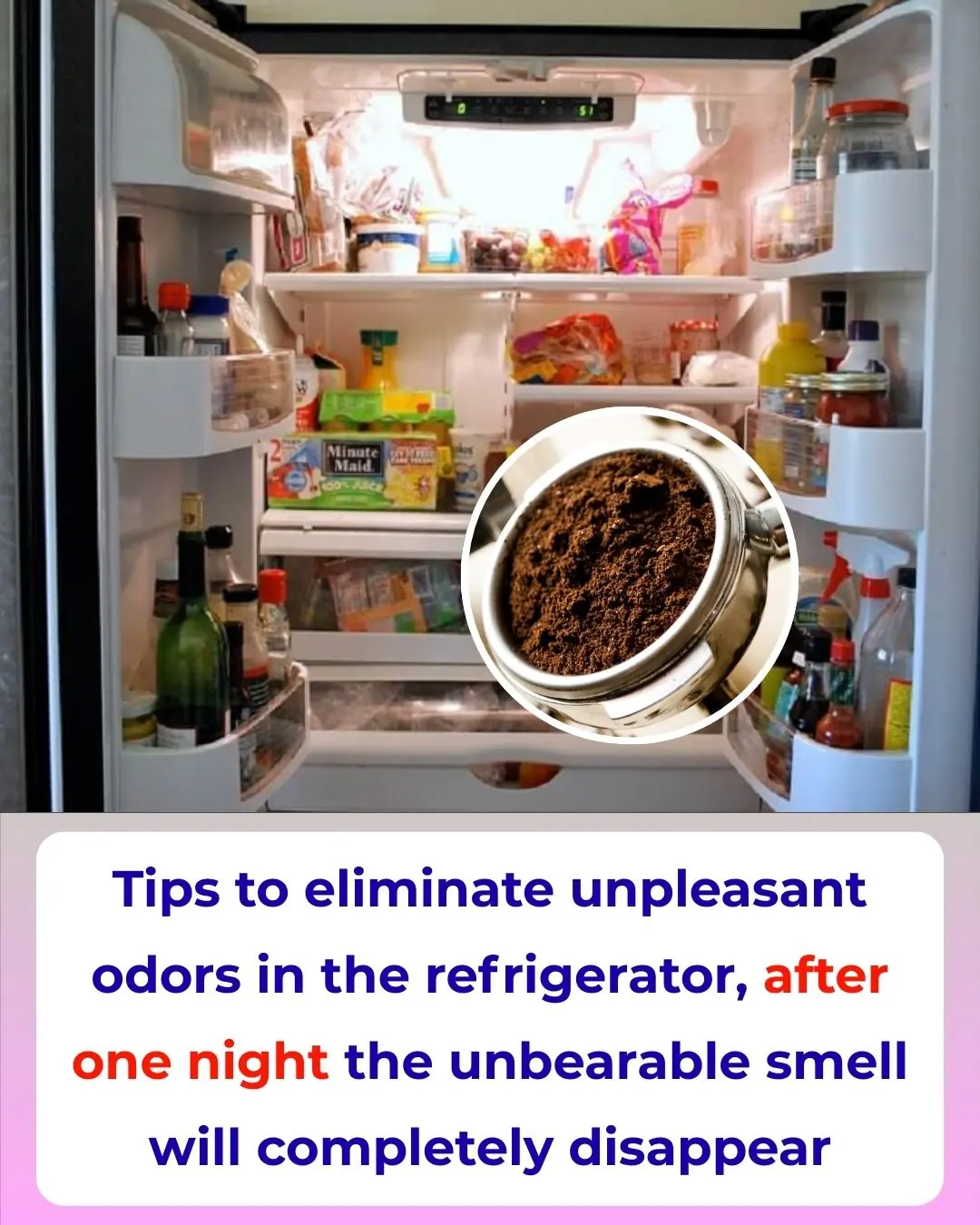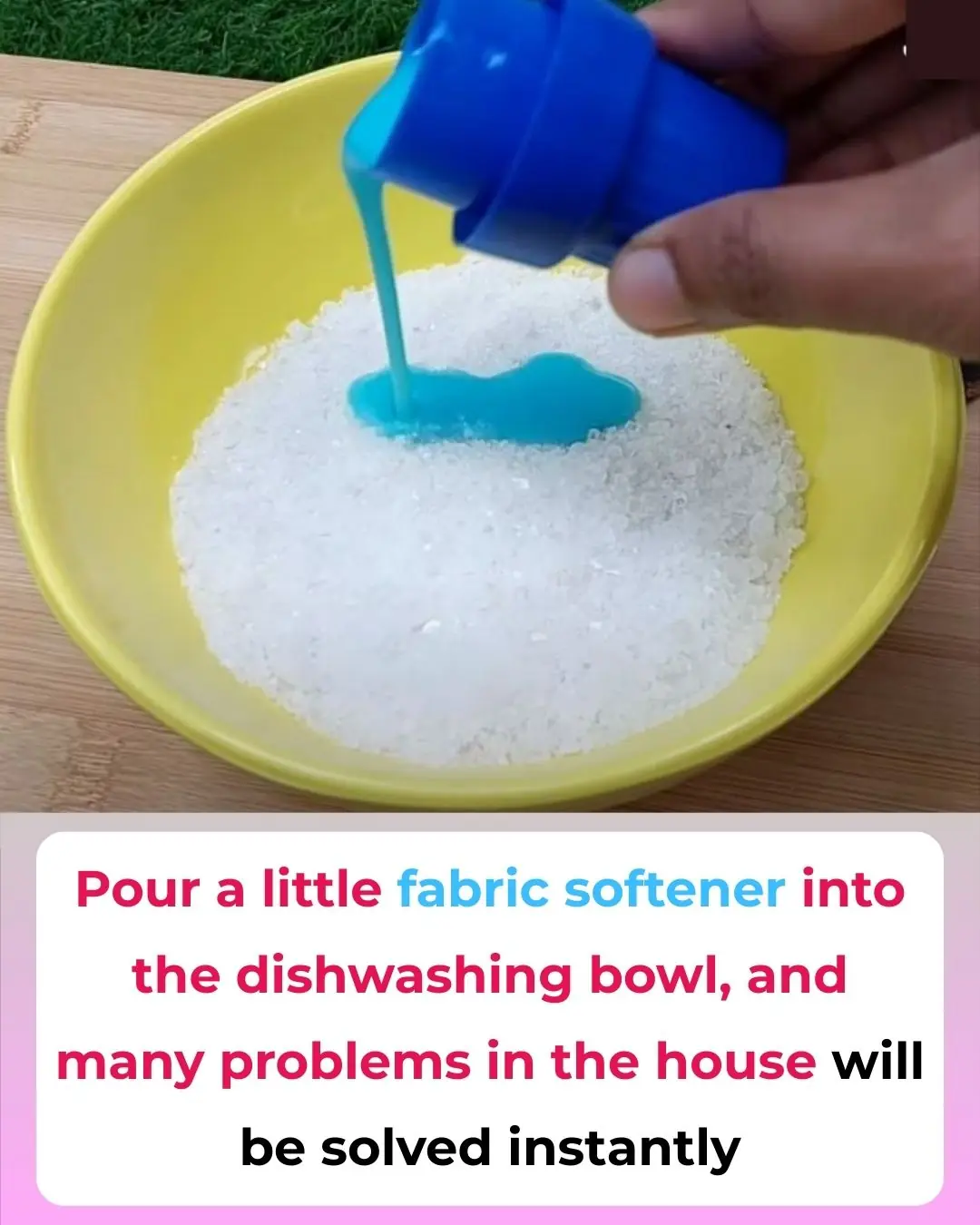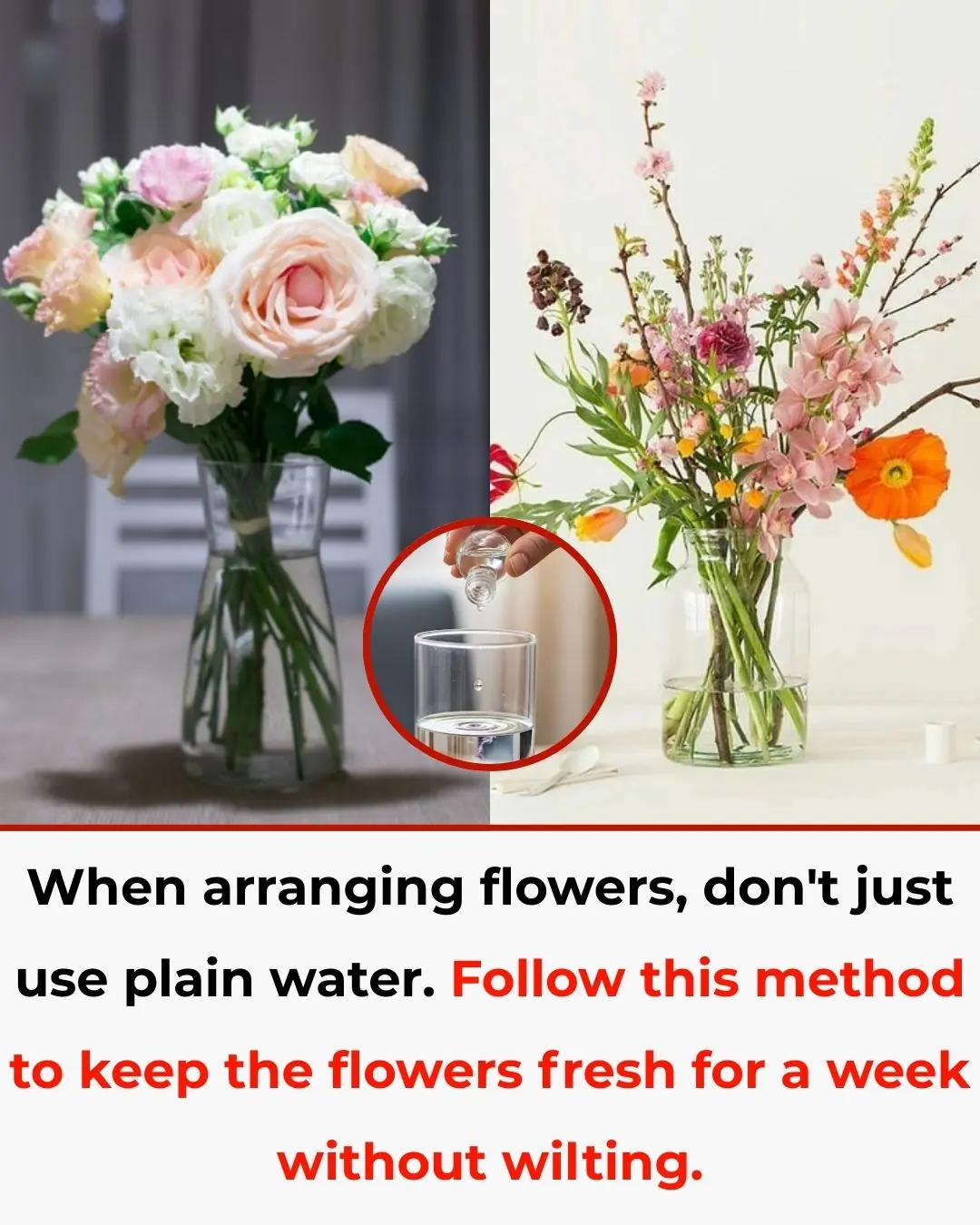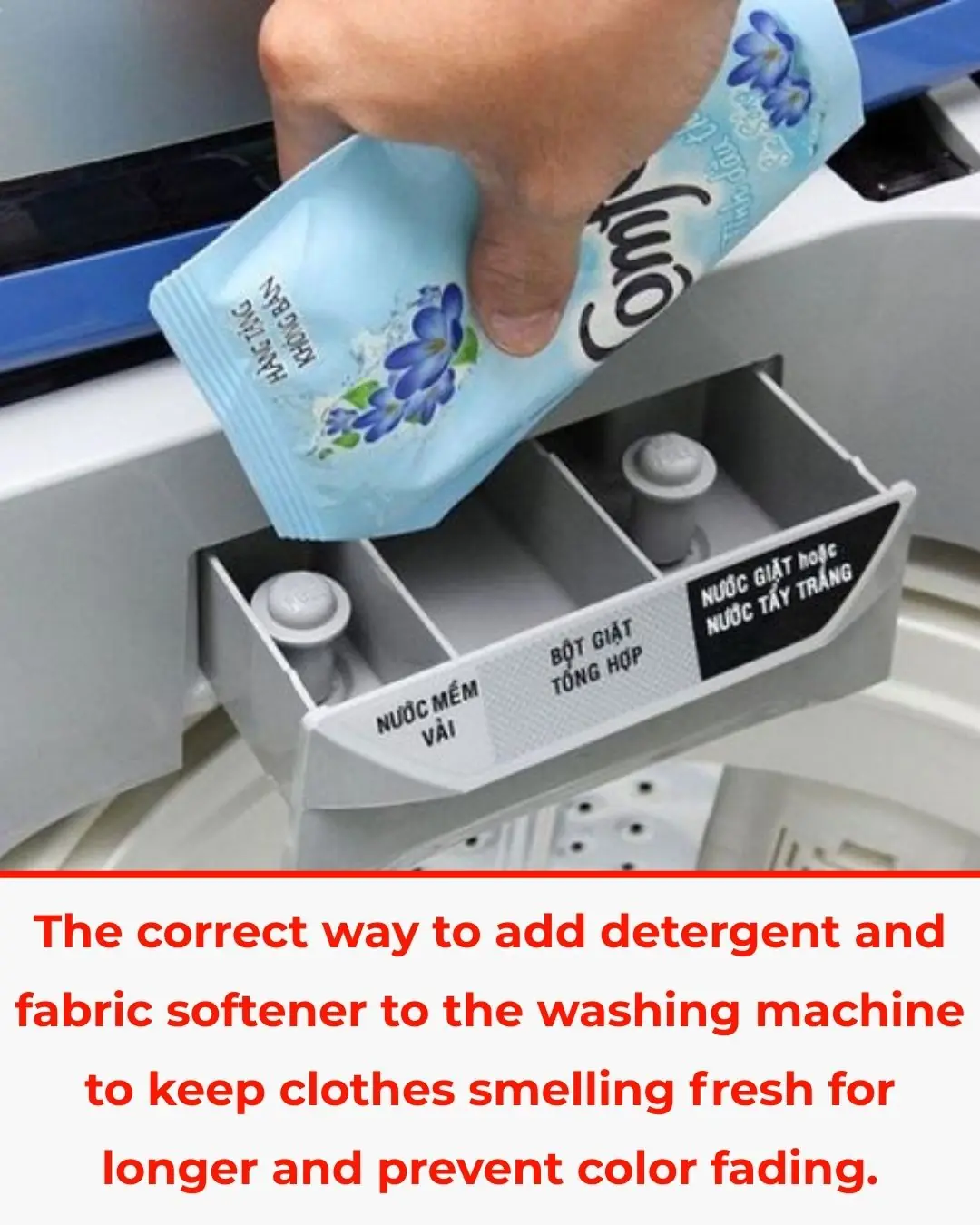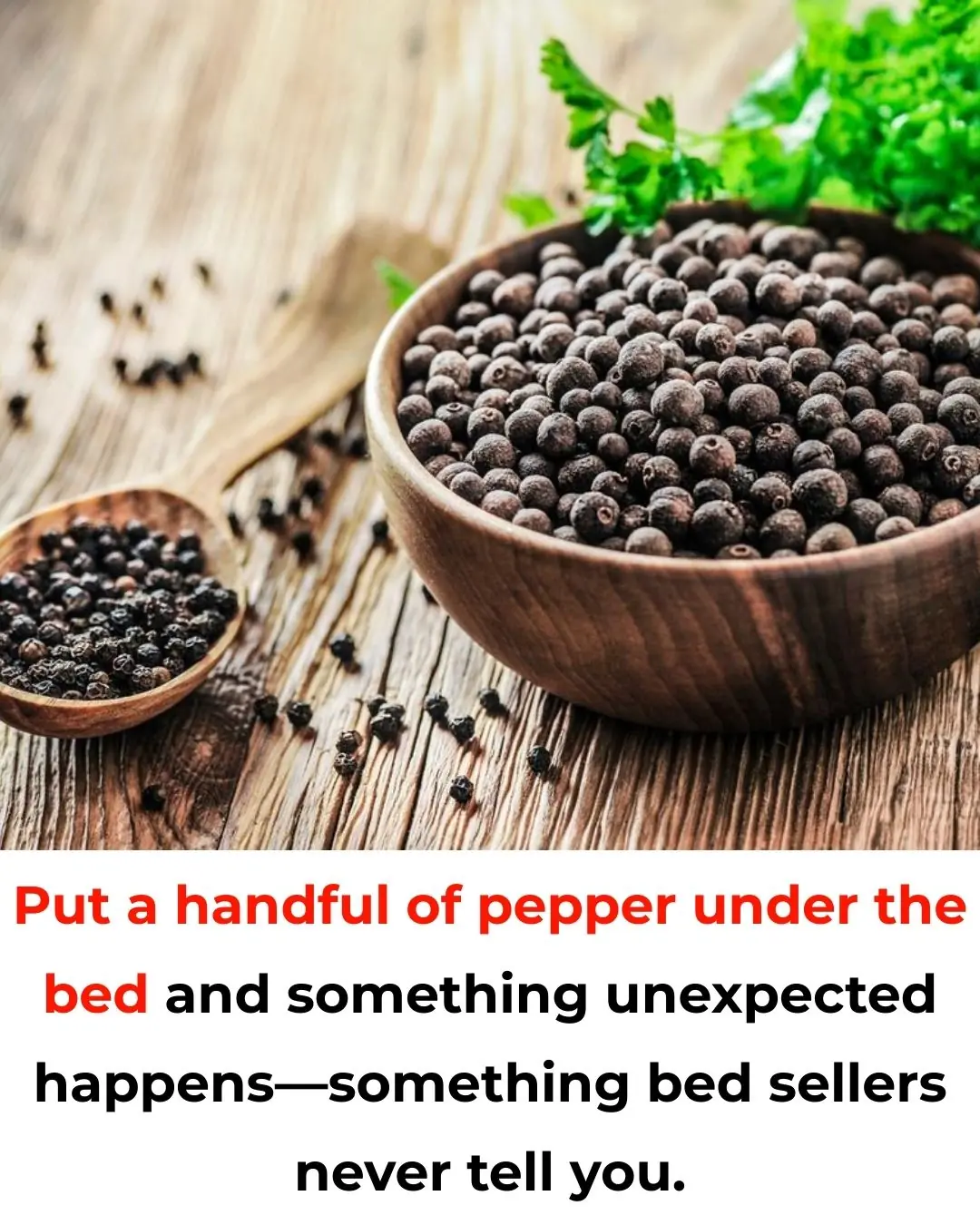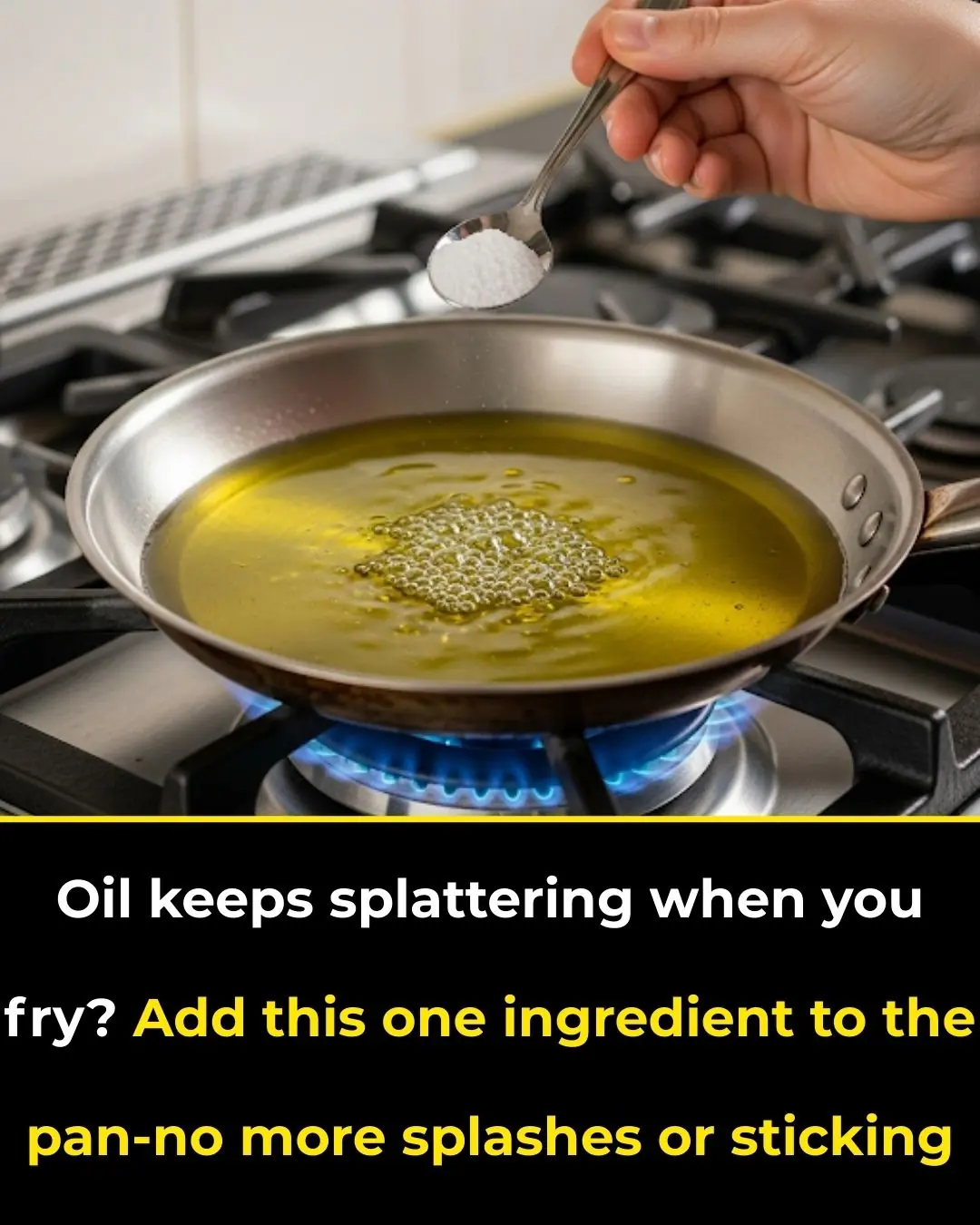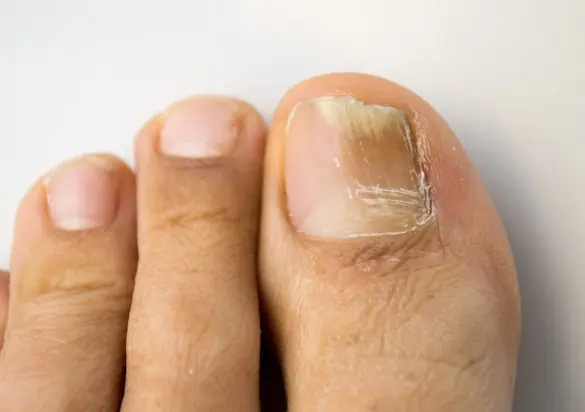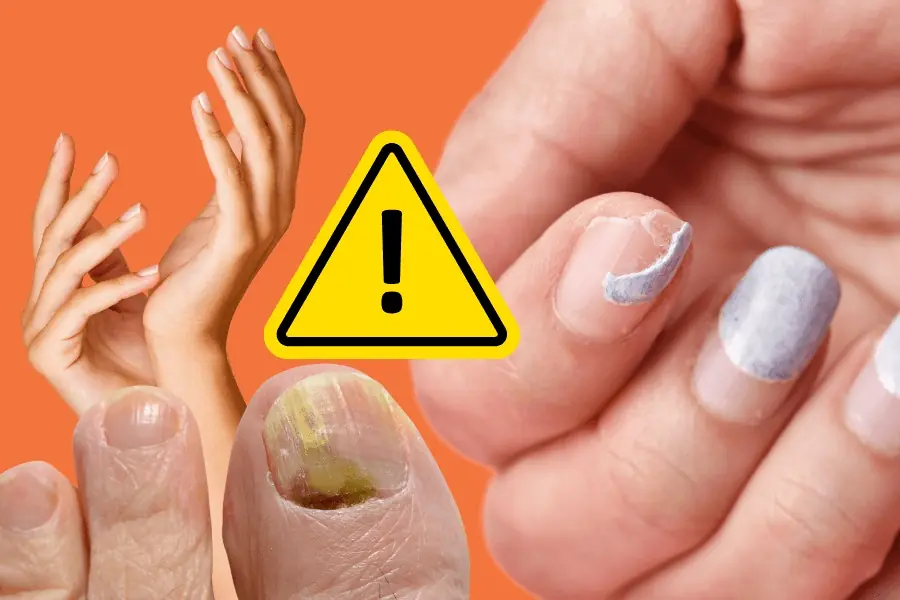Humid weather can cause a variety of issues in the home, with one of the most common problems being the growth of mold and peeling paint on the walls. The excess moisture in the air can lead to condensation on walls, creating the perfect environment for mold to thrive. Peeling paint or wallpaper is also a frequent problem caused by moisture. However, you can take some simple and effective steps right away to prevent further damage and improve the situation.
1. Increase Air Circulation in the Room
Good airflow is one of the best ways to combat humidity and reduce the chances of mold growth. The more air circulation you have in a room, the less moisture will settle on the walls, and the drier the environment will be.
How to Do It:
-
Open windows and doors when possible to let fresh air flow in.
-
Use fans to help circulate air, especially in areas like the bathroom, kitchen, and laundry room, where humidity tends to be higher.
-
If you have an exhaust fan, use it regularly to remove excess moisture from the air.
-
Consider installing ceiling fans or portable fans in rooms prone to dampness.
Why It Works:
Increasing airflow helps evaporate moisture, preventing it from settling on walls and creating conditions conducive to mold growth.
2. Use a Dehumidifier
A dehumidifier is a valuable tool for removing excess moisture from the air. This will prevent the walls from absorbing water, reducing the likelihood of mold growth and peeling paint.
How to Do It:
-
Place a dehumidifier in rooms that are most affected by humidity, such as the basement, kitchen, or bathroom.
-
Make sure to empty the dehumidifier regularly so that it continues to work efficiently.
Why It Works:
Dehumidifiers lower the humidity levels in the room, making it harder for mold to grow and helping to prevent damage to paint or wallpaper.
3. Clean the Walls and Remove Existing Mold
If you notice any signs of mold on your walls, it’s important to clean it as soon as possible to prevent further growth. Mold can spread quickly, causing both health issues and damage to the walls.
How to Do It:
-
Mix equal parts water and vinegar or water and baking soda to create a cleaning solution.
-
Use a soft cloth or sponge to scrub the affected areas gently. For tougher mold, you can use a brush.
-
After cleaning, wipe the walls down with a dry cloth and allow them to air dry completely.
-
If necessary, use a mold-killing cleaner or disinfectant from the store.
Why It Works:
Vinegar and baking soda are natural, effective mold removers. Cleaning the mold off the walls will prevent it from spreading and causing damage to the paint or structure.
4. Apply Mold-Resistant Paint
If the peeling paint is caused by moisture and mold, you may need to repaint your walls with a mold-resistant paint. This will help protect your walls from future damage caused by humidity and mold growth.
How to Do It:
-
Before repainting, make sure to scrape off any peeling paint and clean the walls thoroughly.
-
Use a primer that specifically protects against mold and mildew.
-
Choose a mold-resistant paint for the final coat. These paints are specially formulated to prevent mold growth.
Why It Works:
Mold-resistant paint forms a protective barrier on the walls, making it more difficult for mold to grow and reducing the chances of future peeling.
5. Seal Cracks and Gaps in the Walls
Cracks and gaps in the walls or around windows can let moisture seep in, contributing to the humidity inside the house. Sealing these areas can help prevent moisture buildup and further mold or peeling issues.
How to Do It:
-
Inspect your walls, windows, and doors for any visible cracks or gaps.
-
Use a good-quality sealant or caulk to fill in the gaps and cracks, especially in areas where water is likely to enter.
Why It Works:
Sealing cracks prevents moisture from seeping in and causing damage to your walls, helping to protect the paint and prevent mold from growing.
6. Control Indoor Humidity with Houseplants
While some plants can contribute to humidity, others can actually help absorb excess moisture in the air. Certain houseplants can help maintain a balanced level of humidity indoors.
How to Do It:
-
Choose plants known for their moisture-absorbing properties, such as peace lilies, English ivy, or ferns.
-
Place a few of these plants around the rooms where humidity tends to be high.
Why It Works:
Plants naturally absorb moisture from the air through their leaves, helping to maintain a more balanced humidity level and prevent moisture buildup on the walls.
7. Use Moisture-Absorbing Products
If you're dealing with high humidity, moisture-absorbing products like silica gel or moisture-absorbing crystals can help draw out the excess moisture from the air and protect your walls.
How to Do It:
-
Place moisture-absorbing products in areas of the house that are prone to humidity, such as closets, basements, or bathrooms.
-
Replace the products as needed based on the level of humidity in the room.
Why It Works:
These products are designed to absorb moisture from the air, preventing it from settling on walls and causing mold growth or peeling paint.
Conclusion
Humidity can be a major issue for homeowners, especially when it causes mold and peeling paint. However, with these simple steps, you can improve the situation right away and prevent future problems. Increasing air circulation, using a dehumidifier, cleaning existing mold, and applying mold-resistant paint are just a few of the ways to protect your home from the damaging effects of humidity. By taking action now, you'll keep your walls in great condition and avoid more costly repairs down the line.


